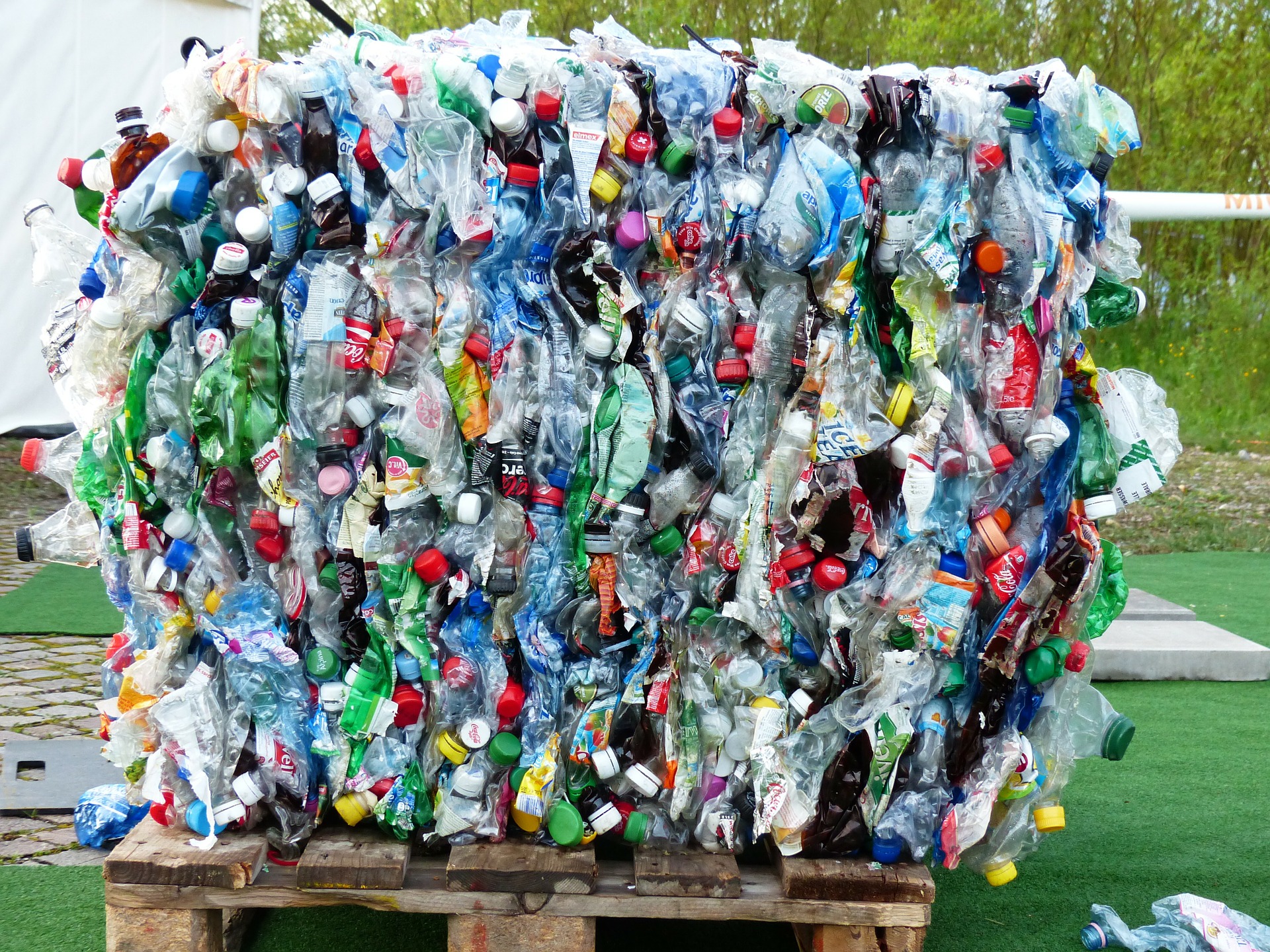
In 1959, a Swedish engineer Sten Gustaf Thulin designed the first plastic bag to save forests from being chopped down. Due to its lightweight and waterproof feature, it is used by consumers and retailers widely. Plastic products did help our lives more convenient in the past few decades. However, as it always said, you got to take the rough with the smooth; suitable improvement sacrifices environmental sustainability in the meantime.
Imagine the life cycle of a plastic product. From the material collected by oil drilling in the beginning, the process could be harming the environment, not to mention if an accident caused an oil spill, the damage would take years to recover. Next, when it goes to the cracking process, it needs a heavy energy load for refining petroleum to get raw materials such as alkene, hydrocarbon, and benzene. The polymerization process also requires the energy to reach a different temperature to get polymers or so-called pellets. The carbon dioxide emissions, water waste, and scraps in this stage deteriorate the environment as well.
Then it goes to plastic forming, including injection, extrusion, film or bottle blowing, and extending yarn. Plastic forming can also be com polymer modification or processing sometimes. All the above forming processes have manufacturing scraps. If there is only one material, theoretically, it can be recycled and reused, while compounded materials can’t be so.
At last it comes the waste, which may turn into kinds of pollution if the disposal is not well managed. Especially for that plastic debris, which pollutes the whole food chain can affect all ocean lives and human beings.
As a result, as the awareness of sustainable development has been raised in recent years, consumers are willing to pay more for eco-friendly products. It also leads to “4R” issues discussed over as below –
- Reduce – It means to cut down the usage in unnecessity. For instance, use our own tablewares instead of deposable ones. Instead of extra plastic bags, use your own bags during shopping. Buy bottled beverages as little as possible. All these can reduce the use of raw materials through changing habits. As for other plastic necessities, we can reduce raw materials through product modification or better design. Such as adding CaCO3 can help reduce plastic usage in shopping bags or minimizing the structural framework via enhancing the material quality to cut off unnecessary usage. The concept of reducing the use of raw materials or parts can solve the problem of using plastics fundamentally, but its speed is limited to technology development.
- Reuse – To use it again in a different way without rework on the material itself. For example, the Taipei International Flora Exposition had resued plenty of plastic bottles as a decoration wall; some people resued foam containers for gardening, while some people reused waste tires as dock bumpers. All these processes don’t require energy nor gain waste. Thus, resue can be entirely eco-friendly. However, there is only limited waste can be reused.
- Recycle – Recycling can be mechanical recycling (mechanically transformed by melting and reforming its shape), chemical recycling (reprocessed and modified chemical structure), or energy recovery (pyrolysis into a fuel cell or fuel oil). Mechanical recycling may lead to extra water waste and energy consumed; however, compared to its lowest cost, mechanical recycling still performs a vital role in cutting down waste. The following are some common examples, turning plastic bottles into recycled polyester fabrics or turning bottle caps into recycled plastic lumbers and stationeries.
- Renewable – To make bioplastic materials from renewable agricultural products since photosynthesis does not create environmental problems nor has high costs comparing to oil drilling for oil-based plastics. Initially, it sources from food crops (i.e., sugarcanes, corns, and cassavas), then the harvest residues (i.e., rice husks, corn stalks, and wheat stalks). Later, scientists cultivated specific algae offshore instead of arable land. The algae can be extracted and fermented into bio-grade materials needed. Nowadays, the most mature products can be PLA and biomass PE/PET. PLA is literally lactic acid materials refined from corn starch and tapioca. In contrast, biomass PE/PET uses sugarcane as raw material, then turns into alcohol chemically, and finally in-process materials such as ethylene and ethylene glycol.
?Know more about Recycled Plastic Products :Recycled Plastic Products in Our Daily Life
All these 4Rs are not exclusive but complement. Sustainable development should go across all these dimensions to lead the best synergy.
Ask for a quote: PLA products, biomass PE materials, biomass PET materials, biomass PE products, biomass PET products

